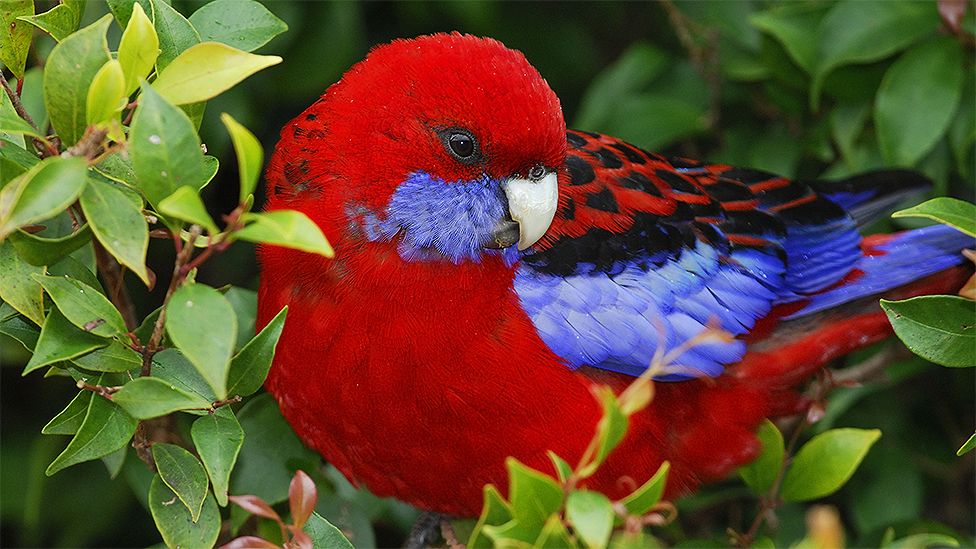 |
| IMAGE SOURCE,GETTY IMAGESimage captionAustralian parrots' beaks are getting bigger as temperatures rise |
When you hear the word "shapeshifting" you probably think of a sci-fi or horror film, and not the climate. But that's what scientists say is happening to some animals in response to climate change. Warm-blooded species are evolving to have larger beaks, legs and ears to regulate body temperature as the planet warms up, a new study suggests.
The scientists behind the study warn the physiological changes do not mean animals are coping with climate change. "A lot of the time when climate change is discussed, people are asking 'can humans overcome this?' or 'what technology can solve this?'" says the study's author, Sara Ryding, from Deakin University. "It's high-time we recognised that animals also have to adapt to these changes."
Climate report is 'code red for humanity'
A really simple guide to climate change
Wildlife forced to move or adapt by climate change
If animals fail to control their body temperature, they can overheat and die. Some animals in warmer climates have historically evolved to have larger beaks or ears to get rid of heat more easily. A larger wing, ear or beak relative to body size gives smaller animals a greater surface area from which to lose excess heat. READ MORE
The scientists behind the study warn the physiological changes do not mean animals are coping with climate change. "A lot of the time when climate change is discussed, people are asking 'can humans overcome this?' or 'what technology can solve this?'" says the study's author, Sara Ryding, from Deakin University. "It's high-time we recognised that animals also have to adapt to these changes."
Climate report is 'code red for humanity'
A really simple guide to climate change
Wildlife forced to move or adapt by climate change
If animals fail to control their body temperature, they can overheat and die. Some animals in warmer climates have historically evolved to have larger beaks or ears to get rid of heat more easily. A larger wing, ear or beak relative to body size gives smaller animals a greater surface area from which to lose excess heat. READ MORE
No comments:
Post a Comment